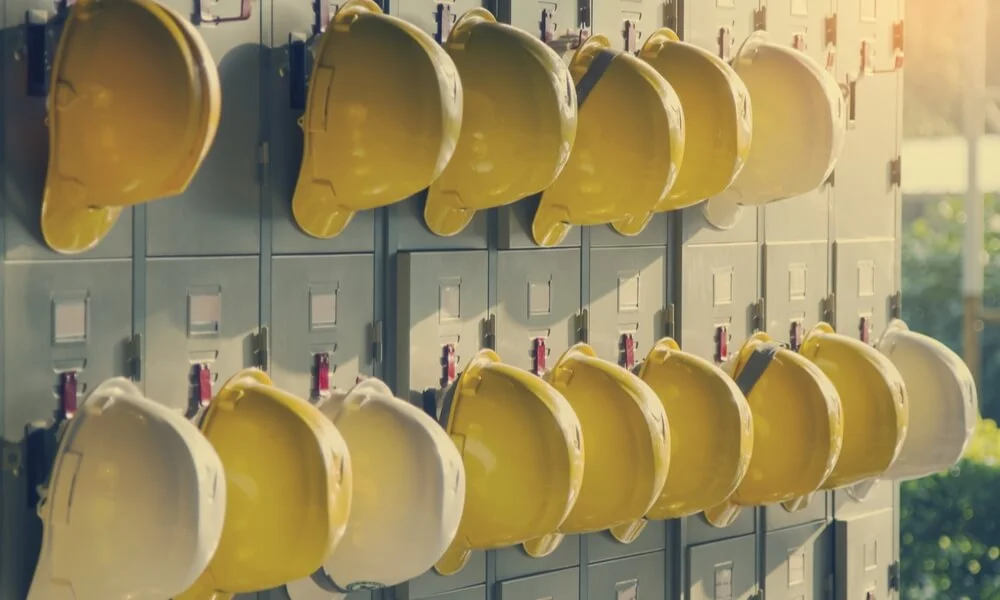safety clothing for sale manufacturers
Safety Clothing for Sale A Vital Component of Workplace Safety
In today's fast-paced industrial landscape, the importance of safety clothing cannot be overstated. Whether in a manufacturing plant, construction site, or any other hazardous work environment, the right protective apparel is essential for ensuring the safety and well-being of employees. Safety clothing for sale comes in various forms, each designed to mitigate specific risks associated with different industries. This article will explore the significance of safety clothing, different types available, and considerations when purchasing.
The Importance of Safety Clothing
Safety clothing serves as a first line of defense against workplace hazards. From chemical spills to cuts and abrasions, the right attire can significantly reduce the risk of injury. Moreover, safety clothing enhances visibility, which is crucial in environments like construction sites, where accidents can occur due to poor sightlines and visibility issues. Wearing proper safety gear not only protects workers but also cultivates a culture of safety within the organization, reinforcing the message that employee welfare is a top priority.
Types of Safety Clothing
1. High-Visibility Clothing High-visibility safety apparel (HVSA) is designed for workers who operate in environments where they may be exposed to vehicular traffic or low-light conditions. Typically made of bright colors and reflective materials, these garments ensure that workers remain seen at all times, significantly reducing the likelihood of accidents.
2. Flame-Resistant Clothing Industries such as oil and gas, welding, and firefighting often require flame-resistant clothing. These garments are engineered to withstand exposure to heat and flames, providing essential protection against burn injuries. When selecting flame-resistant clothing, it is critical to ensure that the materials used conform to relevant safety standards, such as NFPA 70E or ASTM ratings.
3. Chemical-Resistant Clothing Workers in chemical processing, agricultural, or laboratory environments are at risk of exposure to hazardous substances. Chemical-resistant clothing, typically made from specialized fabrics or coatings, protects against spills, splashes, and other types of exposure. It's crucial to choose apparel that is explicitly rated for the chemicals present in the work environment.
4. Cut-Resistant Clothing In industries involving sharp tools or machinery, cut-resistant clothing is a must. These garments are made with materials that offer varying levels of protection against cuts and lacerations, significantly reducing the risk of injury. Whether it's gloves, sleeves, or vests, investing in quality cut-resistant apparel is essential for any business where hand and arm safety are a concern.
safety clothing for sale manufacturers

5. Cold Weather Gear For workers exposed to extreme cold, specialized cold-weather gear is crucial. These garments are designed to insulate the body and protect against frostbite and hypothermia. Consideration of thermal insulation, wind resistance, and water-proofing features is important for selecting appropriate clothing to retain warmth and mobility in frigid conditions.
Considerations When Purchasing Safety Clothing
When opting for safety clothing, several factors should be taken into account
- Safety Standards Compliance Always ensure that the safety clothing meets applicable industry standards. Certifications like ANSI (American National Standards Institute) or ISO (International Organization for Standardization) can guide buyers to compliant products.
- Comfort and Mobility Workers must be able to perform their tasks without being hindered by their clothing. Select options that offer a balance between protection and comfort, utilizing breathable materials to enhance wearability in various conditions.
- Fit and Size Availability Proper fit is critical for the effectiveness of safety clothing. Garments that are too loose or tight can impede movement or fail to offer the necessary coverage. Look for manufacturers that provide a wide range of sizes to accommodate all employees.
- Durability and Cost-Effectiveness While it may be tempting to opt for cheaper options, investing in high-quality safety clothing that withstands wear and tear can lead to long-term savings. Evaluate the materials used and the manufacturer's reputation for durability.
Conclusion
Safety clothing plays an indispensable role in protecting workers across various industries. By selecting the right type of safety gear—be it high-visibility garments, flame-resistant apparel, or chemical-proof suits—employers can significantly reduce workplace accidents and injuries. When purchasing safety clothing for sale, it is vital to consider standards, comfort, fit, and durability to ensure that the workforce remains safe and productive. Prioritizing safety in the workplace is not just a legal obligation; it is a moral responsibility toward the well-being of every employee.
-
Top HDPE Safety Helmets - Lightweight, Durable Head Protection
NewsAug.01,2025
-
Top AI Safety Clothing with GPT-4 Turbo | Smart Protection
NewsJul.31,2025
-
Face Shield Safety Helmet with GPT-4 Turbo AI Safety
NewsJul.31,2025
-
CE Working Clothing for Construction & Welding Safety
NewsJul.30,2025
-
Premium Safety Helmet with Visor for Construction & Industrial Use
NewsJul.29,2025
-
High-Quality CE Working Clothing for Safety and Construction
NewsJul.29,2025
